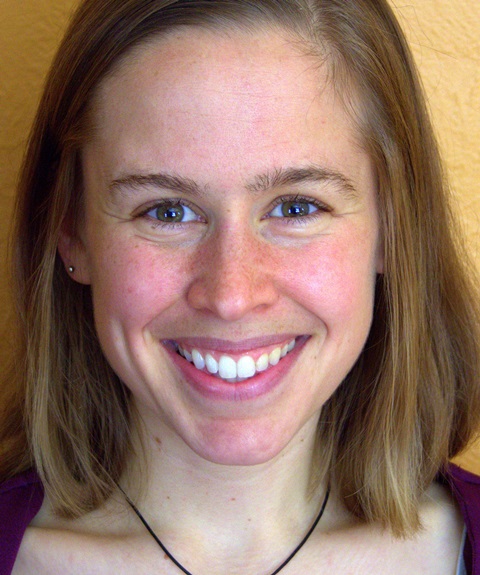Vaginal brachytherapy for postoperative endometrial cancer: 2014 Survey of the American Brachytherapy Society Journal Article
Local Library Link: Find It @ Loyola
| Authors: | Harkenrider, M. M.; Grover, S.; Erickson, B. A.; Viswanathan, A. N.; Small, C; Kliethermes, S; Small, W., Jr |
| Article Title: | Vaginal brachytherapy for postoperative endometrial cancer: 2014 Survey of the American Brachytherapy Society |
| Abstract: | PURPOSE: Report current practice patterns for postoperative endometrial cancer emphasizing vaginal brachytherapy (VBT). METHODS AND MATERIALS: A 38-item survey was e-mailed to 1,598 American Brachytherapy Society (ABS) members and 4,329 US radiation oncologists in 2014 totaling 5,710 recipients. Responses of practitioners who had delivered VBT in the previous 12 months were included in the analysis. Responses were tabulated to determine relative frequency distributions. chi2 analysis was used to compare current results with those from the 2003 ABS survey. RESULTS: A total of 331 respondents initiated the VBT survey, of whom 289 (87.3%) administered VBT in the prior 12 months. Lymph node dissection and number of nodes removed influenced treatment decisions for 90.5% and 69.8%, respectively. High-dose-rate was used by 96.2%. The most common vaginal length treated was 4 cm (31.0%). Three-dimensional planning was used by 83.2% with 73.4% of those for the first fraction only. Doses to normal tissues were reported by 79.8%. About half optimized to the location of dose specification and/or normal tissues. As monotherapy, the most common prescriptions were 7 Gy for three fractions to 0.5-cm depth and 6 Gy for five fractions to the surface. As a boost, the most common prescriptions were 5 Gy for three fractions to 0.5-cm depth and 6 Gy for three fractions to the vaginal surface. Optimization points were placed at the apex and lateral vagina by 73.1%. Secondary quality assurance checks were performed by 98.9%. CONCLUSIONS: VBT is a common adjuvant therapy for endometrial cancer patients, most commonly with HDR. Fractionation and planning processes are variable but generally align with ABS recommendations. |
| Journal Title: | Brachytherapy |
| ISSN: | 1873-1449; 1538-4721 |
| Publisher: | Unknown |
| Date Published: | 2015 |
| Language: | ENG |
| DOI/URL: |
S1538-4721(15)00563-2 |
| Notes: | LR: 20151202; CI: Copyright (c) 2015; JID: 101137600; OTO: NOTNLM; 2015/08/28 [received]; 2015/09/25 [revised]; 2015/09/30 [accepted]; aheadofprint |
LUC Authors
-
 129
129Harkenrider -
 33
33Kliethermes -
 181
181Small
Related LUC Article
